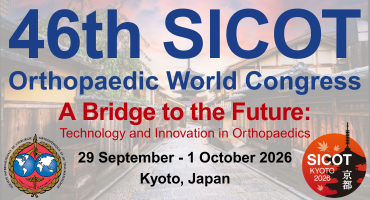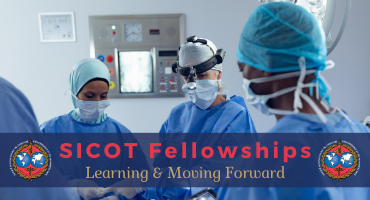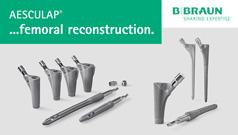Effect of electroacupuncture intervention before and after operation on perioperative neurocognitive disorders in elderly patients with hip fractures: A randomized controlled trial
Injury. 2025 Aug 7;56(10):112660. doi: 10.1016/j.injury.2025.112660. Online ahead of print.
ABSTRACT
INTRODUCTION: The incidence of postoperative neurocognitive disorder (PND) in elderly patients with hip fractures poses a significant clinical challenge, with current management strategies offering limited efficacy in prevention or resolution. This prospective study evaluated the effectiveness of pre-and postoperative electroacupuncture (EA) intervention in mitigating PND in this patient cohort.
METHODS: A double-masked, randomized controlled trial was conducted involving 60 elderly patients (≥65 years) with fragility hip fractures scheduled for surgical repair. Participants were randomly assigned to either the EA intervention group (Group A) or a non-stimulated control group (Group C). Mini-Mental State Examination (MMSE) scores were recorded at baseline and 1, 3, and 7 days postoperatively, while ELISA was used to assess IL-1β, IL-6, and S-100β levels. Time-varying MAP, SpO2, and HR were measured. Adverse cardiovascular events, extubation duration, recovery room stay, VAS scores, analgesia pump use, postoperative adverse responses, and hospitalization length were recorded.
RESULTS: Among 60 randomized patients (mean age 74.02 years; 54.7 % male), 53 were analyzed for primary outcomes. Postoperative day 1 PND incidence was significantly lower in Group A (25.0 %) than Group C (56.0 %; P < 0.05), persisting on day 3 (Group A: 14.3 %, Group C: 48.0 %; P < 0.05). By day 7, PND incidence was similar in both groups. Time-group interactions were significant for IL-1β, IL-6, and blood pressure (P < 0.05). Group A exhibited a lower VAS score at 24 h postoperatively (2.65 ± 0.94 vs. 3.96 ± 0.96; P < 0.05). Adverse events were reported in 26 Group A and 32 Group C cases. Postoperative nausea and vomiting (PONV) significantly differed (Group A: 3.7 %, Group C: 30.8 %).
CONCLUSIONS: The findings suggest that pre- and postoperative EA stimulation may significantly reduce the risk of PND, modulate inflammatory responses, and lower blood pressure. Furthermore, EA intervention was associated with reduced postoperative pain and a marked decrease in the incidence of PONV in elderly patients with hip fractures. These results highlight the potential therapeutic benefits of EA in managing PND in this vulnerable patient population and warrant further investigation. SUBJECT WORDS: electroacupuncture, transcutaneous electrical acupoint stimulation, hip surgery, perioperative neurocognitive disorders, pain, postoperative nausea and vomiting.
PMID:40848689 | DOI:10.1016/j.injury.2025.112660

















